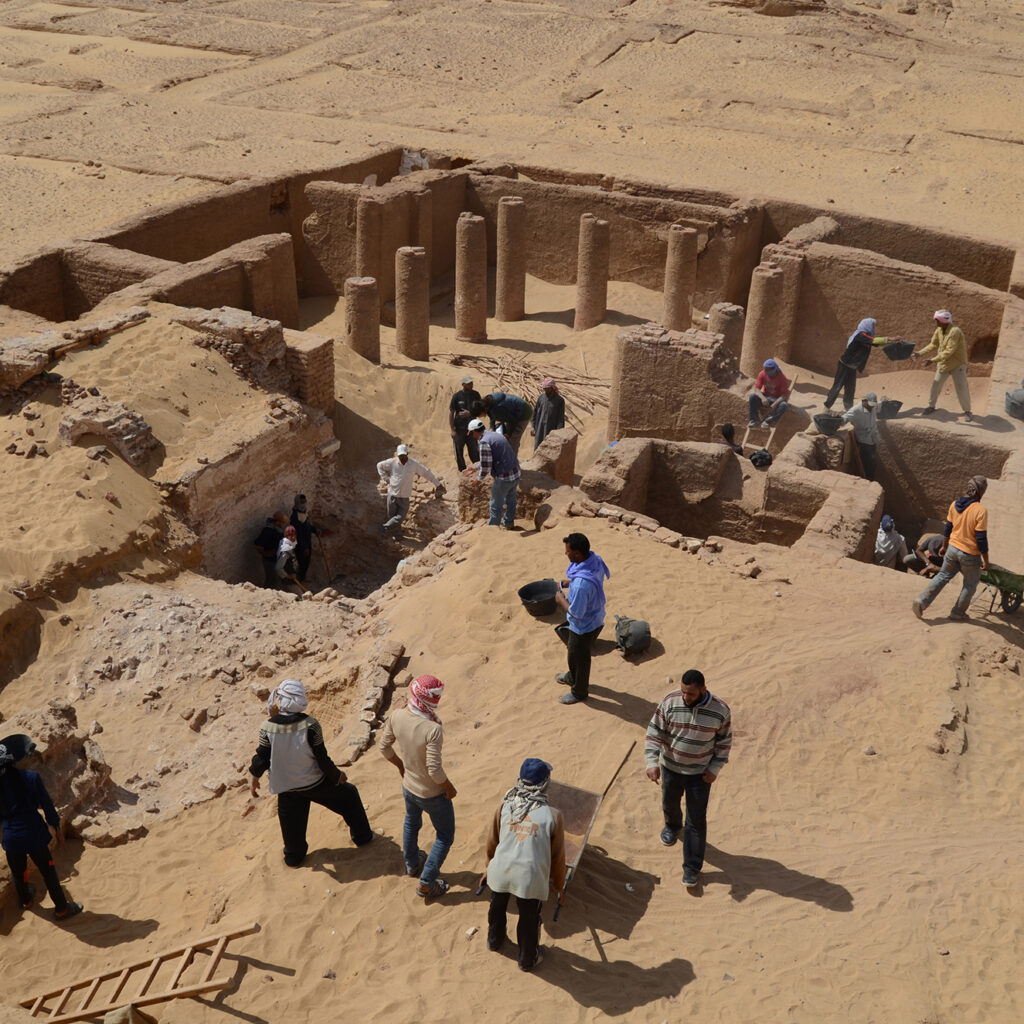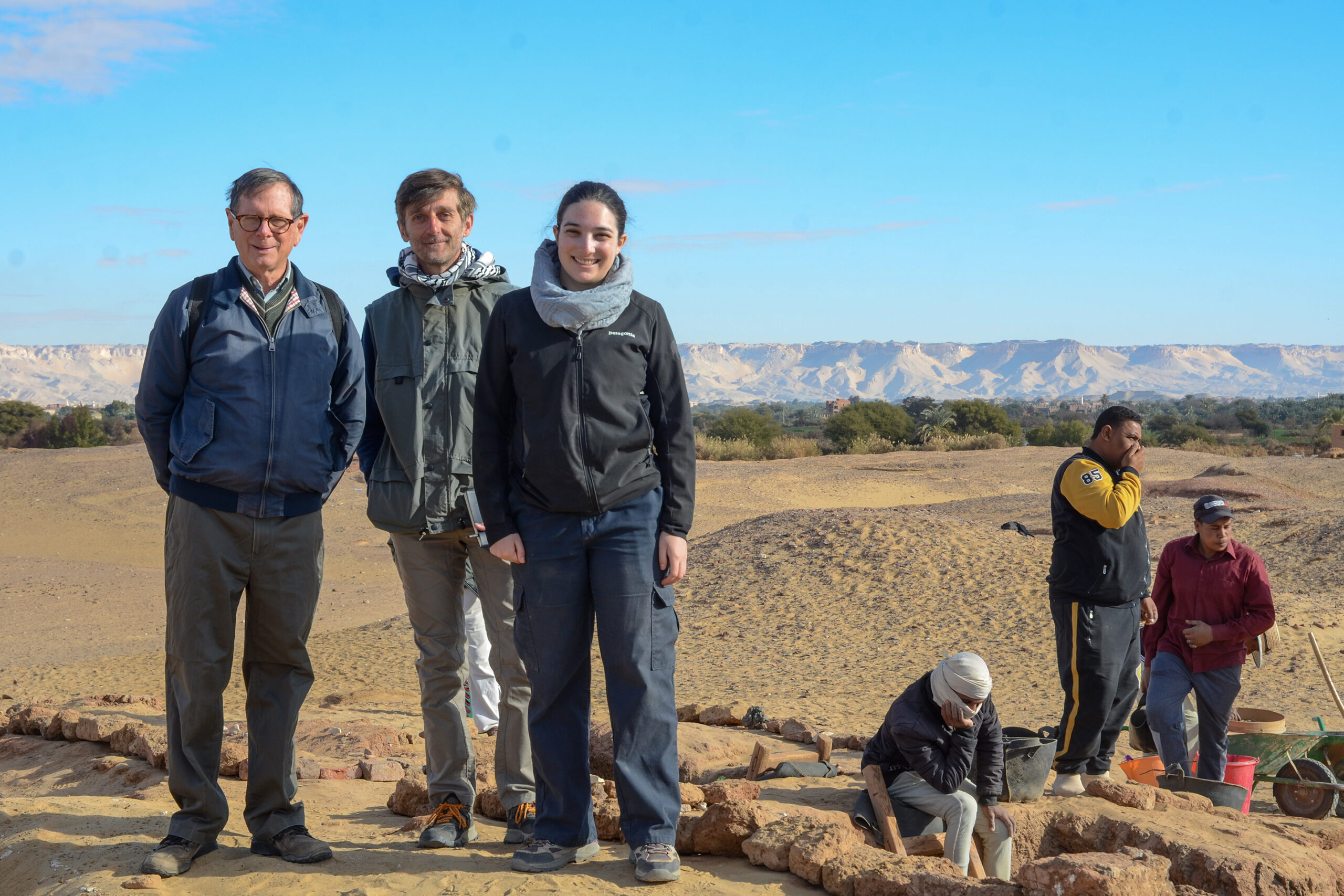In 2022, Nicola Aravecchia, assistant professor of classics and of art history & archaeology at Washington University, assumed the role of archaeological field director at the ancient site of Amheida in the Dakhla Oasis, one of the most remote of the oases in Egypt’s Western Desert.
Established in 1978, the Dakhla Oasis Project has produced many significant discoveries. They include more than 600 archaeological sites; the oldest books ever found, dating to 360 AD; 500,000-year-old remains of human activity; stone temples; extinct faunal species; and thousands of rock art depictions.

In addition, Aravecchia serves as archaeological director at the late Roman settlement of ‘Ain el-Gedida, also located in the Dakhla Oasis. His examination of the archaeological and documentary evidence of the site, which identified it as an epoikion, i.e., a small rural center associated with the management of a large agricultural estate, appeared in the December 2021 issue of the Journal of the American Research Center in Egypt.
Of the fourth-century settlement, Aravecchia wrote: “Worthy of note is that not many other agricultural hamlets of a comparable size have been extensively excavated and published thus far. It is also remarkable that, while written evidence on epoikia abounds, the site of ʽAin el-Gedida may provide the first available archaeological evidence for this type of settlement.”
Aravecchia has centered his research on the Dakhla region since 2005. He first worked with the team at Amheida and soon after, became field director of excavations at ‘Ain el-Gedida. There, the group found one of the earliest known church complexes dating to the beginning of the fourth century. “The site is key to understanding early Christian society,” Aravecchia said. “And the church complex is among the earliest examples of Christian architecture available to us.”
The researchers also found evidence of what was originally an Egyptian temple that appeared to have been remodeled into a ceramic workshop in the early Christian period.

Aravecchia rejoined the Amheida team in 2012, making further discoveries that suggested the ancient residents participated in Greco-Roman culture and life. The discovery of a funerary crypt inside a church excavated at the site provided a window into early Christians’ perceptions of life and death.
The author of ‘Ain el-Gedida, 2006-2008 Excavations of a Late Antique Site in Egypt’s Western Desert (NYU Press, 2019), and co-author of An Oasis City (NYU Press, 2016), Aravecchia has published numerous articles and essays on related subjects, including early Egyptian monasticism.
An Oasis City tells the story of robust life in the oasis community of Amheida, ancient Trimithis, an important regional city that reached a peak in the Roman period before being abandoned.
At Washington University, Aravecchia teaches courses on ancient art and archaeology and classical languages. Previously, he taught at New York University, The American University in Cairo (Egypt), and Monash University in Melbourne (Australia).

